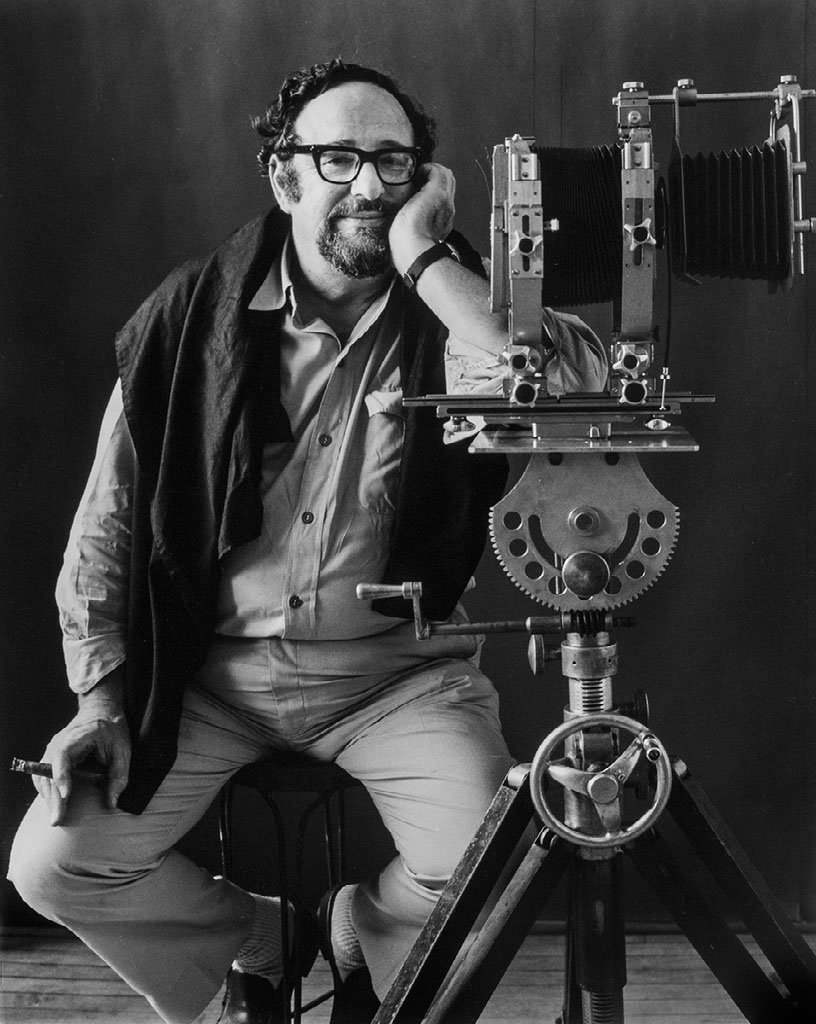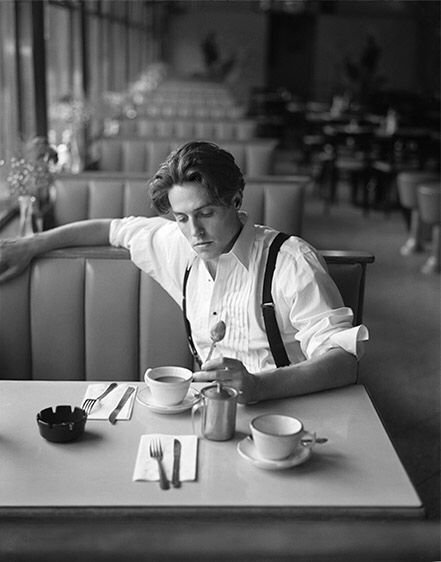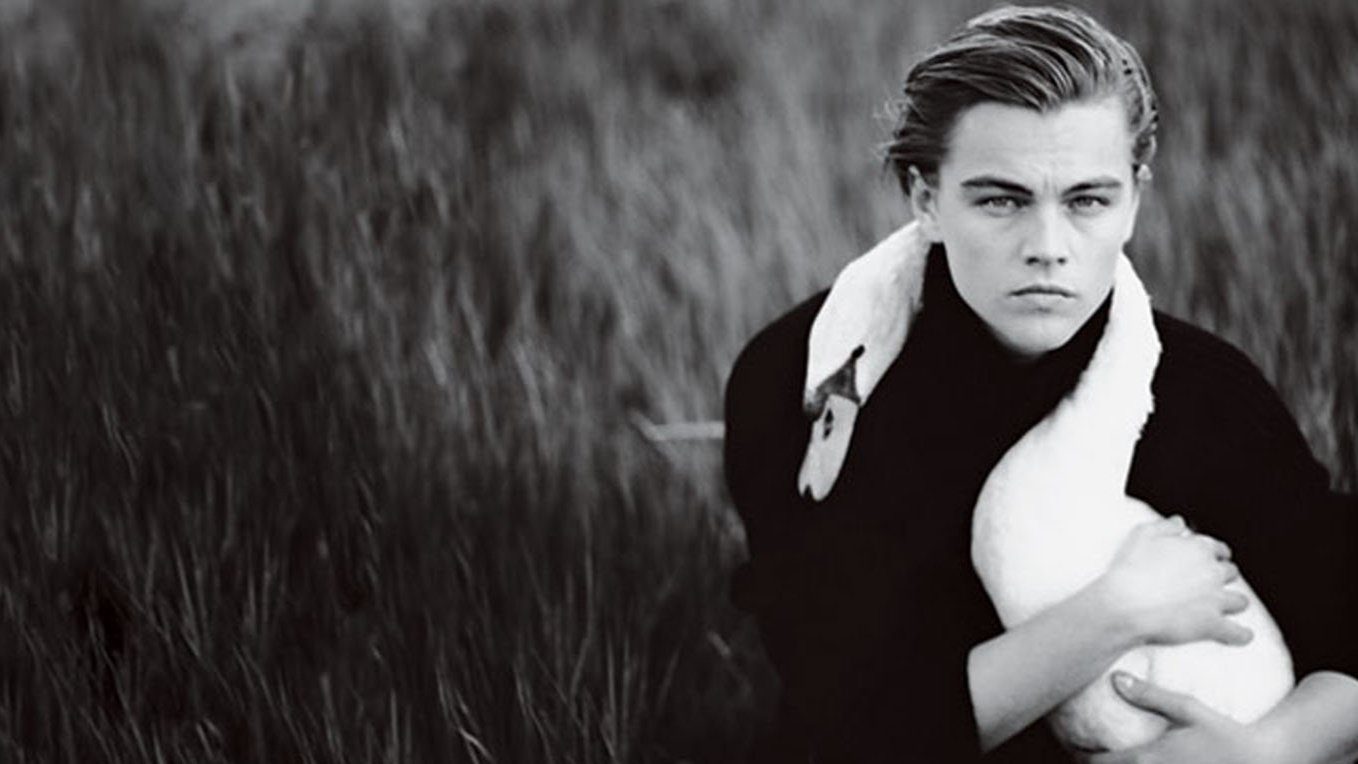Arnold Newman
Arnold Newman (1918-2006) was an American photographer known for his pioneering work in environmental portraiture. He skillfully combined the subject's personality and environment to create powerful and memorable portraits. His unique approach to portraiture forever changed the field and left a lasting impact on future generations of photographers.
Early Life and Career
Born in New York City in 1918, Arnold Newman grew up in Atlantic City, New Jersey, and later moved to Miami Beach, Florida. He initially studied painting at the University of Miami, but his artistic pursuits were interrupted by World War II. During the war, Newman worked in a photo studio specializing in passport and ID photographs. It was here that he began to develop his interest in photography.
After the war, Newman returned to New York City and started his career as a professional photographer. His breakthrough came in 1946 with a series of portraits of prominent artists and writers, including Piet Mondrian and Max Ernst. These photographs gained attention for their unique compositions, and Newman quickly became a sought-after portrait photographer.
Photographic Style and Techniques
Newman's approach to portraiture, known as environmental portraiture, involved placing his subjects within their surroundings to provide insight into their personalities and professions. By incorporating elements of their work or personal spaces, Newman captured the essence of the individual in a way that traditional studio portraits could not.
Newman's compositions were often characterized by strong geometric patterns, bold contrasts, and a focus on the relationship between the subject and their environment. His ability to find the perfect balance between the person and their surroundings resulted in portraits that were both visually striking and deeply revealing.
Career Highlights
Throughout his career, Arnold Newman photographed a wide range of influential figures, including politicians, artists, musicians, and scientists. Some of his most famous portraits include those of Igor Stravinsky, Pablo Picasso, John F. Kennedy, and Marilyn Monroe.
Newman's work has been widely exhibited and published, and his photographs are held in the collections of prestigious institutions such as the Museum of Modern Art in New York and the National Portrait Gallery in Washington, D.C.
Photography Gear
Arnold Newman was known to use a variety of cameras and lenses throughout his career, often choosing the equipment based on the needs of a specific project. He frequently used medium format cameras, such as the Rolleiflex and the Hasselblad, which allowed for greater detail and higher image quality. He also favored prime lenses,and clarity in his images.
Newman was also known to use a range of lighting techniques to create the desired mood and atmosphere in his portraits. His skillful use of natural light, as well as studio lighting setups, helped him achieve a balance between the subject and their environment.
Photography Books
"Arnold Newman: At Work (Harry Ransom Center Photography Series)" provides an unprecedented, firsthand insight into the evolution of Arnold Newman's creativity. The book showcases not only his signature images but also contact sheets, Polaroids, and work prints with handwritten notes, illustrating the process behind his iconic photographs. Featuring adsheets and magazine covers from various publications, the book highlights the range of Newman's largely unknown editorial work and offers valuable resources for practicing photographers.
"Arnold Newman" focuses on the photographer's classic environmental portraiture, featuring subjects like Piet Mondrian, Igor Stravinsky, and Max Ernst. Despite a challenging start to his career during the Great Depression, Newman managed to establish himself in the New York art scene of the early 1940s. With his unmistakable style, he became the star photographer of artists, writers, and musicians, providing inspiration and techniques for portrait photographers.
"Masterclass: Arnold Newman" celebrates Newman's achievements and is the first monograph published after his death. Containing over 200 images, many never before seen in book form, the collection includes individual and group portraits, landscapes, architectural details, and cityscapes. Accompanying a touring show that opened in Berlin in 2012, the book features quotes from interviews with Newman, short biographies of his sitters, and essays on this deeply principled perfectionist. Showcasing his talent through a wide range of subjects, this book serves as an homage to a true master of modern photography.
Quotes
"A lot of photographers think that if they buy a better camera they'll be able to take better photographs. A better camera won't do a thing for you if you don't have anything in your head or in your heart."
"We don't take pictures with our cameras. We take them with our hearts and we take them with our minds."
"There are no rules and regulations for perfect composition. If there were, we would be able to put all the information into a computer and would come out with a masterpiece."
"The camera is a remarkable instrument. Saturate yourself with your subject, and the camera will all but take you by the hand and point the way."
"Photography, as we all know, is not real at all. It is an illusion of reality with which we create our own private world."
Legacy and Influence
Arnold Newman's innovative approach to portraiture has left a lasting impact on the world of photography. His environmental portraits have influenced generations of photographers, including Annie Leibovitz, Richard Avedon, or Irving Penn, who have similarly explored the relationship between the subject and their environment in their work.
Newman's ability to capture the essence of his subjects and create visually striking compositions has inspired countless photographers to push the boundaries of traditional portraiture.
Arnold Newman's unique approach to environmental portraiture has shaped the field and left an indelible mark on the world of photography. His striking compositions and insightful portrayals of his subjects will continue to inspire future generations of photographers.













Explore the intriguing story of Arnold Newman's portrait of Alfred Krupp, a convicted Nazi war criminal, and how the Jewish photographer used his art to exact a subtle, personal revenge on a man who had caused immense suffering during World War II.